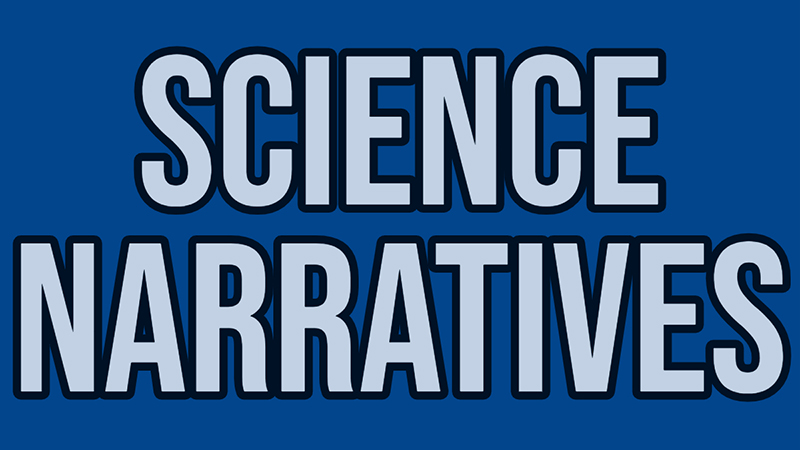The effects of consuming multiple science narratives for different types of audience engagement
June 10, 2021

By Jessica Gall Myrick, professor of media studies at Penn State
Do you care deeply about the ways in which early rhizosphere microbiome composition is related to the growth and zinc uptake in willow plants? And how intense are your feelings about specialized bacterial assemblages used in bioremediation? If you answered “yes” or “very intense” to either of these questions, then you are in a very small portion of the population well versed in the details of microbiology as applied to plant-soil microbiomes.
For the rest of us, it will take more work to get us to pay attention to this information, and even more work for communicators to convince us that this particular area of research is one reason why we should be more engaged, in general, with science.
That is why I wanted to investigate the ways in which narratives about science may shape, not only our responses to individual research studies and scientists, but also our responses to science more generally.
In my research study funded by the Page Center’s Page/Johnson Legacy Scholar Grant program, I asked people to view multiple science narratives over the course of three days and examined how the type of narrative, over time, shaped their responses to an individual scientist and to science in general.
I worked with a microbiologist at Penn State’s University Park campus to create profile pieces about some of his actual research projects. Half of the participants in my study read feature stories that utilized storytelling techniques that we associate with good stories, such as giving insights into the main character’s (in this case, the scientist’s) feelings, employing a plot line where events occur over time, and including rich details of the quest scientists undertake when they engage in scientific research. The other half of the participants read more succinct, expository versions of information about the microbiologist’s research.
What I found in this study of 109 individuals was that people who read more engaging narratives about a microbiologist were more likely to identify with that scientist. That is, if the feature stories about his research included details of the way the scientist felt and what he was thinking as he conducted his research, then audiences were more likely to see themselves in the scientist.
This finding is particularly promising for efforts to help non-white, non-male individuals see themselves as scientists and to see science, technology, engineering, and math (STEM) careers as possibilities for them. By presenting information about scientific research as a story with a main character who experiences different emotions throughout their quest to learn, organizations may be able to help attract individuals to STEM educational programs and eventually STEM careers.
Another notable result from this study was that feeling transported into, or absorbed by, the stories about a microbiologist’s research led participants to report higher levels of interest in science, in general.
Given that science curiosity can help overcome ideological differences in the public’s responses to controversial scientific topics, this is an important finding. It suggests that organizations trying to communicate with the public about science would benefit from taking steps to increase narrative engagement, such as including a plot line (i.e., beginning, middle, and end) and centering relatable characters, like scientists or research participants.
By helping science-focused organizations understand the cumulative impacts of their science messages, this research can help communicators better inform the public about important advances in specific areas of science as well engage them the broader importance of science, in general, too society.
A “bigger picture” mindset where scientists and related organizations consider the sustained effects of their science narratives over time can help advance responsible and engaging public communications in this area.
For further information on this research, please email Dr. Myrick at jgm43@psu.edu. This project is supported by the 2019 Page/Johnson Scholar Grant on narratives.

